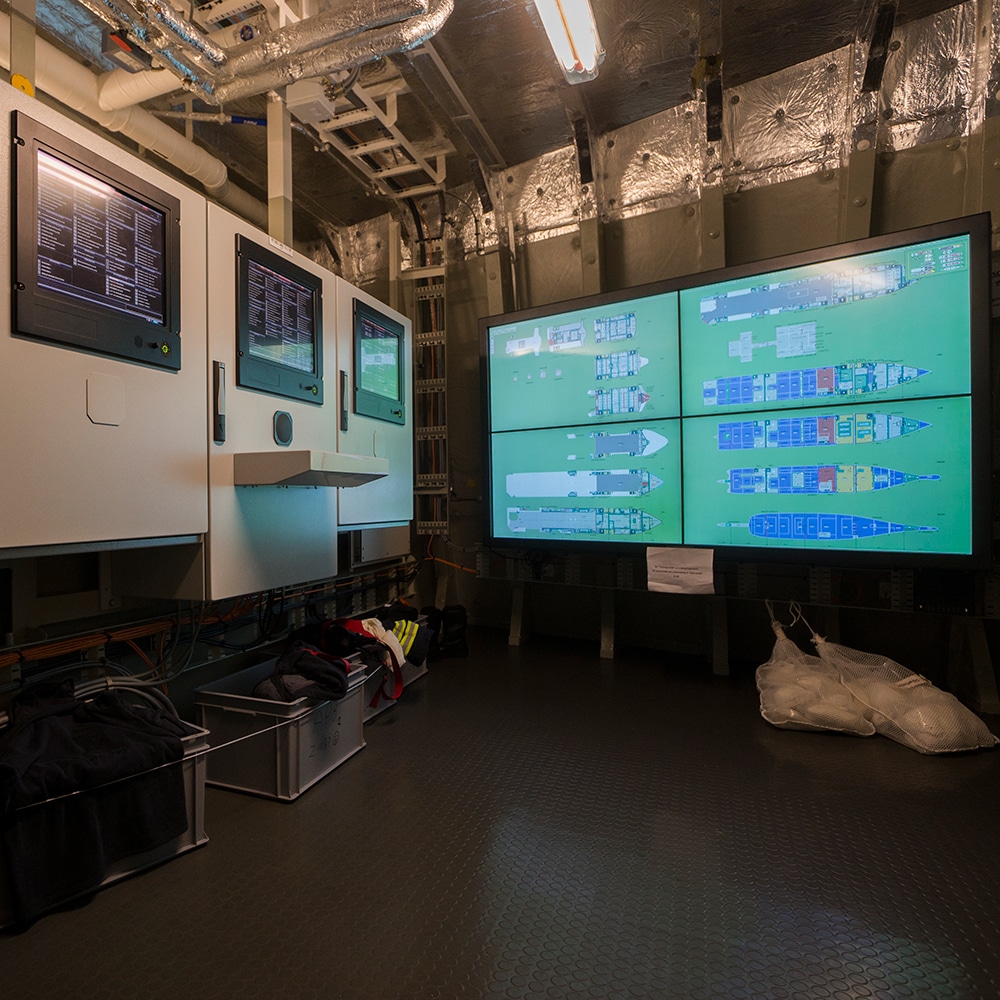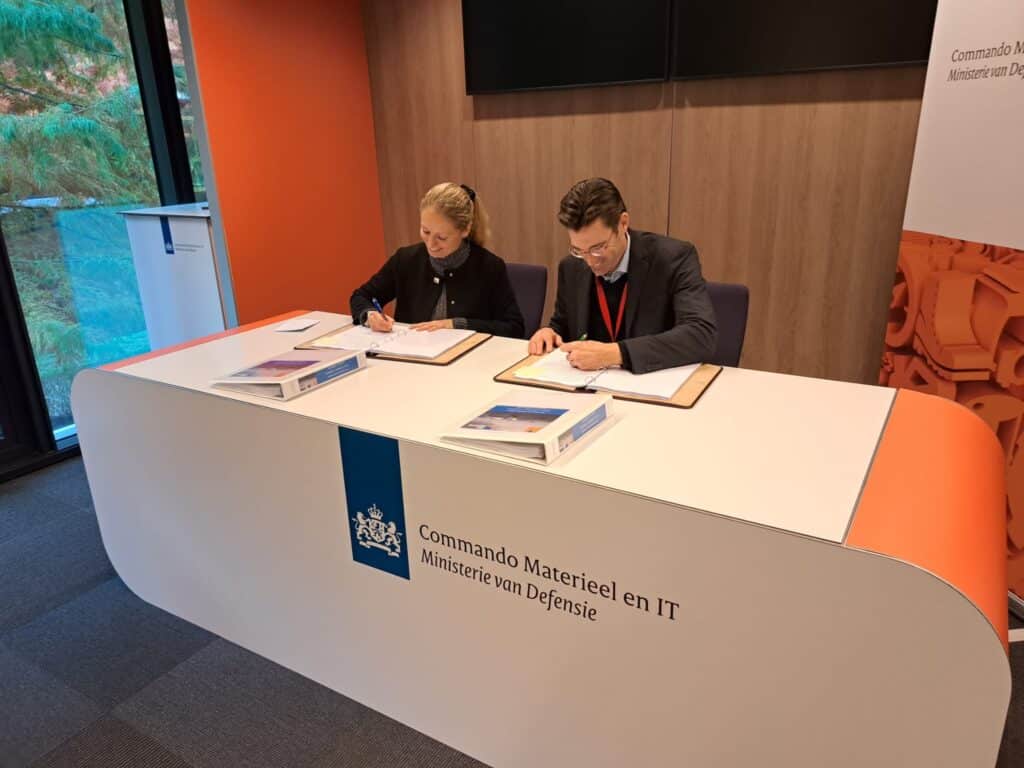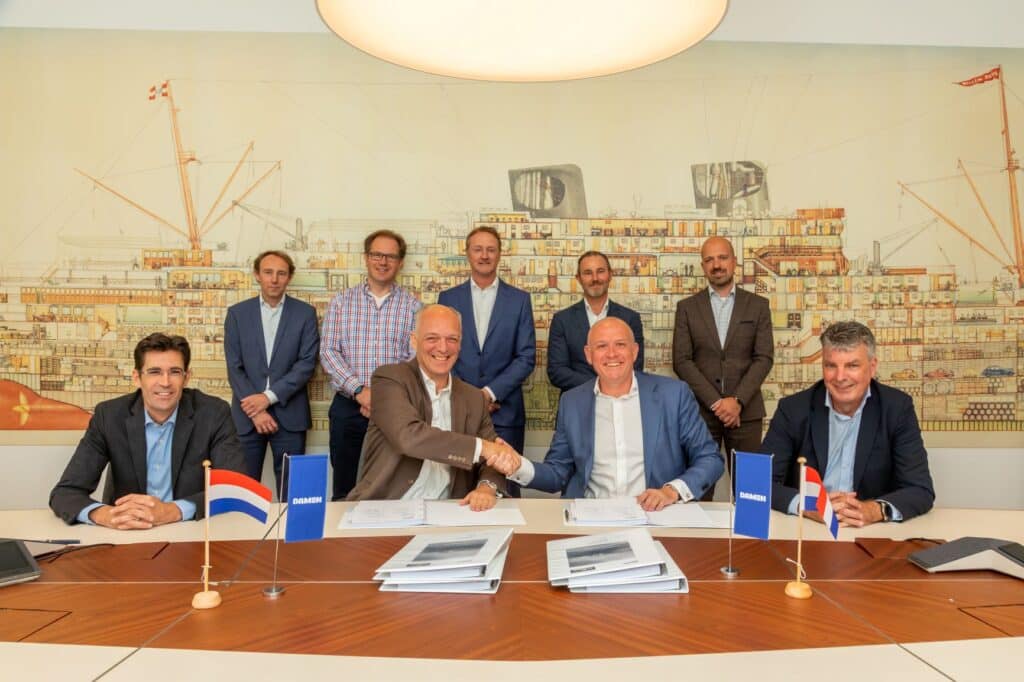This is not just a question of having enough firefighting and damage control/repair party ‘hands’, but also reflects the difficulties associated with ensuring the effective flow of ship wide information into section base and damage control officers. Accurate and timely information on the damage state is essential to enable the damage control effort to be organised and directed in line with command priorities.
Situational awareness
Historically, situational awareness in a damage control situation has relied upon individual compartments searches, verbal or written communications and an incident board based on manually compiled plots. However, when the Netherlands Defence Materiel Organisation and the Royal Netherlands Navy (RNLN) began defining requirements for what became the Holland-class ocean-going patrol ship, it was quickly recognised that the vessels’ small core crew – just 50 personnel – required a different approach to damage control: the adoption of modern firefighting techniques such as ship wide deployment of automated water-mist systems and extensive use of centre fed hose reels would not be sufficient to cope with such low manning levels.
Rather, it was understood that there was a need to increase the level of automation in the capture and distribution of information in order to assure a high level of situational awareness as to the condition of the ship and the damage sustained. This culminated in the introduction of Fire Fighting and Damage Control (FFDC) Interactive Electronic Incident Boards (EIBs) on the Holland class from 2012.
The basis for the design and development of the FFDC EIB was a detailed task analysis (based on the battle damage repair process of a traditional frigate) performed by an expert working group established in 2010 by the RNLN and RH Marine.
One conclusion of the FFDC expert working group was the requirement to re-design the electronic plotting aids, which has resulted in the EIB. The EIB combines a conventional plotter screen with distributed FFDC automation and touchscreen displays. This feature also allows presentation of other applications, such as CCTV, which provides immediate access to visual information about the scene of the incident directly on the EIB displays. This FFDC application ensures that information is distributed to all EIBs.



